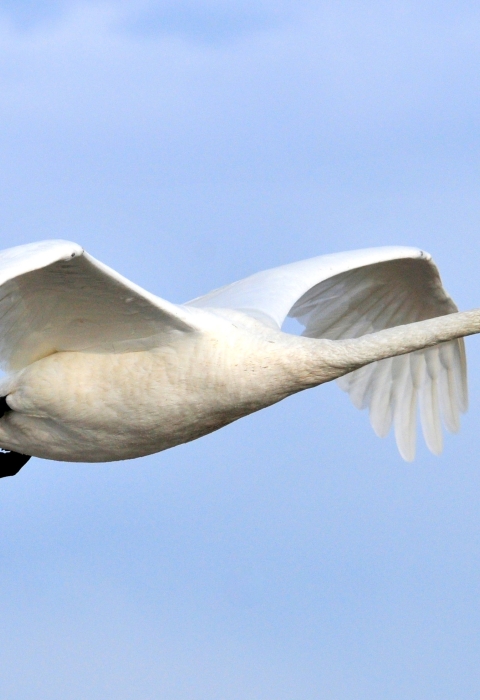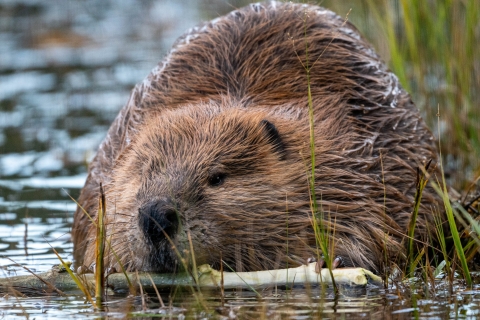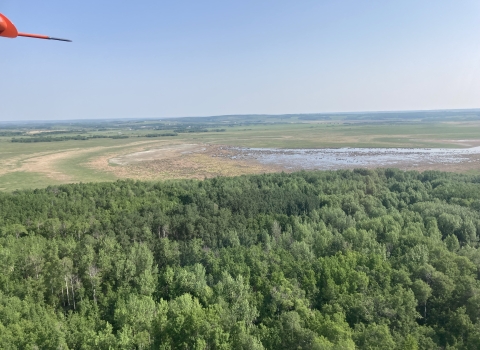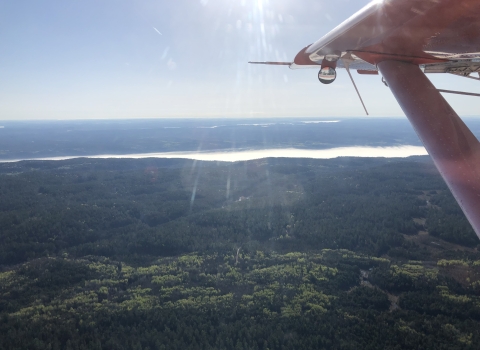Scanning the upcoming wetland, there, like a sunny-side-up egg on a porcelain plate, I spy a beaver lodge along the marsh edge.
My eye is naturally drawn to the feature because this can be a great place to spy a loafing duck pair or a nesting Canada goose.
But this hasn’t always been the case for this seemingly all-too-common natural feature and the things associated with it. Stick around long enough and sometimes you can witness the change.
“You can just about stand on one beaver lodge along the Churchill River and throw a rock to the next lodge downstream,” said Scott Robertson, a second-generation fur buyer in La Ronge, Saskatchewan, describing the present-day beaver population size. A walking encyclopedia of Canadian history, Robertson would know as his father started working in the fur division for the famed Hudson Bay Company in the late 1940s before striking out on his own in the late 1960s.
I try to make Robertson Trading Company a perennial stop for my observer each survey because it’s probably the only grocery store where more of the items are NOT for sale, which is what makes it so unique.
Walking through the front doors, the first thing that hits your senses is not that every square inch of space is occupied by stuff but rather the undertone smell of smoked moose hide that seeps from traditional leather items crafted by indigenous artisans.
Robertson is fond of saying “that smell of the hide is a seal of authenticity which proves that these goods were not made in China.”
History oozes from Robertson, both the store and the person. One, knowing nothing about Canada, quickly learns the role beavers played in its founding. It is estimated that at the start of the fur trade in the late 1600s some 60 million beavers inhabited what is present-day Canada, and by the late 1800s that number was down to about 100,000, a harvest fueled by a lust for felt that the pelts produced. Beaver lodges became almost non-existent on the landscape.
When I started flying in this crew area another thing that was non-existent were trumpeter swans. They too, like beavers, have had a similar population trajectory. Once seemingly over abundant, they were nearly extirpated by the early twentieth century from subsistence and commercial skin harvest. Today, continent-wide population size is nearing 100,000 from a low numbering only a few thousand.
My first observer nearly 15 years ago was a retired pilot-biologist who had last flown the survey area nearly 25 years earlier, and what had stood out to him was the increase in the number of bald eagles, implicating the dearth of trumpeter swans even as recent as 2009.
A few years before the pandemic I can recall being excited about seeing a pair of nesting trumpeter swans during the survey. One swan incubating a clutch of eggs atop a beaver lodge while the mate swam leisurely nearby. Then there was another nesting pair or two during following year’s survey. Two surveys were missed due to the pandemic, and boom!
I was shocked at the number of nesting trumpeters this past survey. They were commonplace, particularly along the Manitoba/Saskatchewan border and as we continued to move north through Manitoba. I’m not sure we missed a day seeing a nesting pair, and all total I’d guess we pushed close to 50 pairs, with a single bird often perched on a beaver lodge.
While I’m not physically capable of witnessing the fall and recovery of beavers it is stirring to record the trumpeter swan comeback and its connection to another nearly bygone species. Sadly, I have probably whiffed my last nostrilful of smoked moose hide as I learned during this survey that Robertson Trading Company will be closing its doors after over 50 years in business.
I have become better at accepting the melancholy side of change as an adult. I will miss my store visits but they will be remembered and celebrated, as much as I do witnessing the recovery of a furbearer and migratory bird across a landscape.







